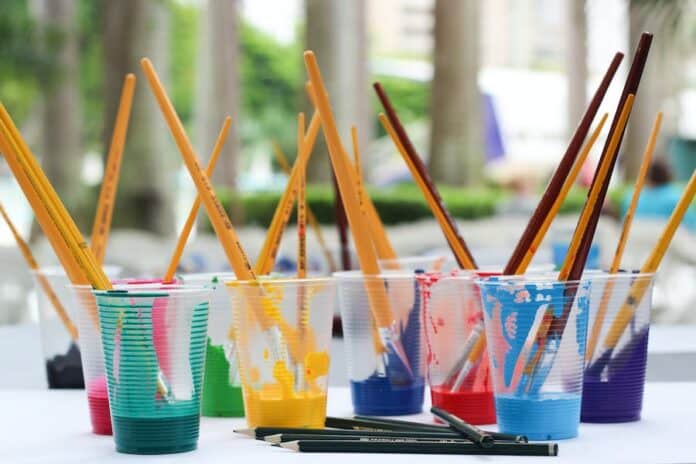In a financial climate where traditional investments can seem daunting or volatile, turning to alternative assets like art can be an enticing option. Investing in art has its allure, often seen as the preserve of the ultra-wealthy, with headlines regularly announcing record-breaking sales at prestigious auction houses.However, the landscape of art investment has undergone significant democratisation in recent years. Affordable fine art investment is not just a fantasy; it’s a viable, enriching, and enjoyable venture if approached with insight and strategy.
Understanding the Art Market’s Unique Nature
The art market operates differently from traditional financial markets. It’s less predictable, not necessarily tied to other economic trends, and driven by a range of factors from cultural trends to the subjective tastes of influential collectors and critics. For those looking to invest affordably, this uniqueness can work to their advantage.
Investing in up-and-coming artists or undervalued genres requires a keen eye and a willingness to delve deep into the art world’s ebbs and flows.
Keeping abreast of emerging trends, attending gallery shows, and building relationships with art professionals can yield valuable insights and highlight promising opportunities that haven’t yet reached the mainstream.
Focusing on Emerging Artists and Art Forms
There’s a thrill in discovering new artists whose works resonate with personal taste and whose potential seems boundless. For those considering an affordable investment, purchasing works from emerging artists before they hit the peak of popularity can be a smart strategy.
These works are generally more accessible in price and hold the potential for significant appreciation if the artist’s career takes off.
Similarly, new art forms and mediums, such as digital art, may offer opportunities for affordable investment. As technology evolves, so does art, and being open to these innovations can put you ahead of the curve.
The Digital Art Frontier: Navigating Online Platforms
The digital realm has broken down barriers in the art market, making it more accessible to a global audience. Online galleries, virtual auctions, and art sales platforms have proliferated, offering an unprecedented variety of art at different price points.
Art Investments provides a curated experience, offering selections of artworks categorised by style, genre, artist, and price range. These platforms often provide detailed backgrounds on the artists and their works, ensuring transparency and authenticity.
For those new to the art market, these sites can be invaluable, simplifying the process of finding and buying art that aligns with both your budget and your aesthetic preferences.
Patience and Long-Term Perspective
Art should not be approached as a get-rich-quick scheme. The market can be fickle, and trends can take time to develop. An affordable piece purchased today might take years to appreciate substantially in value. Therefore, patience is crucial, as is a genuine appreciation for the art you’re buying.
Invest in pieces that you love and want to live with, regardless of their future financial value. This emotional return on investment makes the world of art unique and rewarding in ways that traditional financial markets are not.
Diversification Within Your Art Portfolio
Just as with any investment strategy, diversification is key when building an art portfolio. This doesn’t mean you need to spend vast sums on a broad range of artworks. Instead, consider diversifying within your means. This could involve buying different styles of art, works by various artists, or pieces from multiple periods.
Diversification can mitigate risk, ensuring that your investment doesn’t rely on the success of a single artist or the popularity of one style. It also makes the collecting experience more exciting and fulfilling, exposing you to a wider range of art and artists.
Affordable Fine Art: An Investment in Joy
While the potential financial gains are a significant aspect of art investment, the joy of experiencing art shouldn’t be understated. Art enriches our lives, sparks conversations, and reflects the diverse human experience.
When you invest in art, you’re not just adding a potential asset to your investment portfolio; you’re bringing inspiration, beauty, and reflection into your everyday environment.
In conclusion, making art your asset is about more than just financial strategy; it’s about enriching your life and spaces with work that moves you.
Affordable fine art investment is possible with research, patience, and a genuine passion for art. And in this journey, you may find the returns far exceed mere financial gains, delving into the priceless realms of personal satisfaction and cultural contribution.












